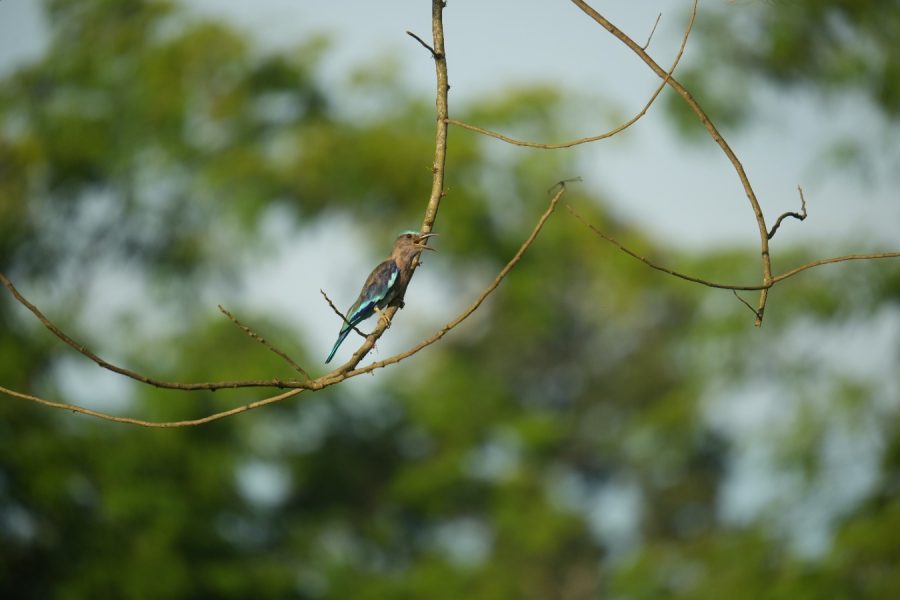Wildlife: Save it to cherish or leave it to perish.
The Kashmir stag (Cervus elaphus hanglu), also known as ‘Hangul’, is a sub species of Red Deer native to India, especially in Jammu and Kashmir, where it is the local state animal. Project “Hangul” was started by Wildlife Protection Department, IUCN and WWF to restore the dwindling population of this wild ungulate when its number got reduced to critical limits and the animal got listed as critically endangered.
Wildlife SOS has already demonstrated its determination when it comes to Wildlife Conservation in Kashmir, from rescue and rehabilitation of wildlife to conflict mitigation, conservation education and now participating in the task of conserving the pride of the state, the state animal and the only surviving red deer of Indian sub-continent, the “HANGUL”. Once spread throughout the valley between Zanskar and Pir-Panjal mountain ranges, this mammal is now confined to a small area of Dachigam National Park and some small adjoining pockets. Hangul is listed in Schedule I of Wildlife Protection Act, 1978 of the J&K State, Schedule I Wildlife Protection Act of India, 1972 Appendix I of CITES.
Wildlife SOS has been working on conservation of Hangul via mass awareness by spreading knowledge about this majestic animal of the state, its importance, conservation strategies and other related facts. Tremendous efforts are being put by the Department of Wildlife Protection, J&K for its conservation which are augmented by Wildlife SOS as they work in rural areas with the common masses and the youth of the valley who play a pivotal role for conservation. The recently concluded Hangul Census in which Wildlife SOS encouraged youth from different Institutions and different walks of life to take part had an immense impact on their thinking and the participants were left clear about their responsibility of conserving this magnificent mammal.
Wildlife SOS organized three orientation programmes, two at National Informatics Centre, Dachigam National Park, and one at Hangul Conservation Centre in order to impart training to the front line staff of the department and the volunteers pertaining to the census techniques. The Participants were briefed about census techniques and technicalities, date sheet filling and observation recording and the use of various equipments like GPS, compass, range finders etc to aid in better census and efficient data enumeration.
The actual census was spread out for three days from 23rd March to 25th March 2015. The first time participants who were accompanied by senior officials of the Department noted down all the minute details which came across their way in their designated transects and made this census a worthwhile exercise in terms of the recording of data. Also, the interest developed by these participants has ignited a hope that would make them go to any extent to work for the conservation of this species which is on the verge of extinction. Not to forget about the senior officials of the department, they have not left any stone unturned in conducting this important census exercise.
The staff of the Wildlife Department put their best resources in making the programme an efficient exercise so as to get credible data regarding the actual count of the animal. This will surely help in making the desired changes in the present Hangul Conservation Programme and framing the policies accordingly.






